It’s fascinating how hindsight clarifies.
Looking back, I now see how closely the rise of Detroit’s ‘international’ auto show – a description it took from 1989 – is connected to the short and sweet rise of Chrysler as a car design leader, and how this in turn is linked to the personal influence of two extraordinary characters from Chrysler: president Robert A Lutz and design director Tom Gale.
Detroit’s show was already a handy launch pad for foreign cars, but when Dodge conceived its Viper Concept in 1988 and unveiled it at Detroit a year later, a new American design golden age began. Gale and Chrysler then revealed the Plymouth Prowler hot rod, the funky Chrysler PT Cruiser and many other influential concepts, their aspirations soon fuelled by an ambitious merger with Daimler in 1998.
The other Big Three companies, impressed by Daimler-Chrysler’s new muscle, accelerated their own design spend, effort and imagination. And the market boomed. For a while, foreign manufacturers (some of whom were in the throes of setting up US plants) joined in, and Detroit’s motor show benefited all the way.
The decline began in 2008. Helped by Lehman Brothers, the Daimler-Chrysler merger failed. Amid a market collapse, two of the Big Three went bust and were rescued with government funds. The lustre came off the Motown motor show, and foreign exhibitors saw it. Detroit’s motor show has been fighting a rearguard action ever since.
READ MORE
Detroit motor show 2019: full report and pictures

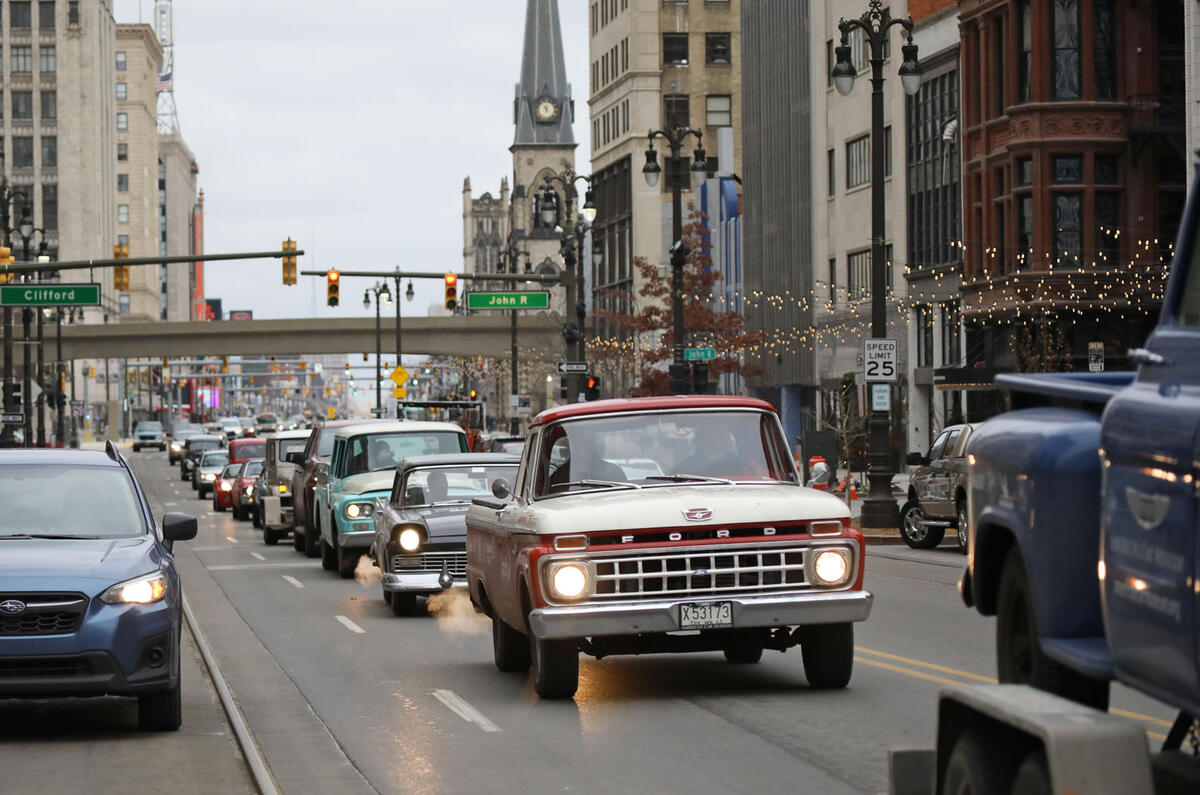
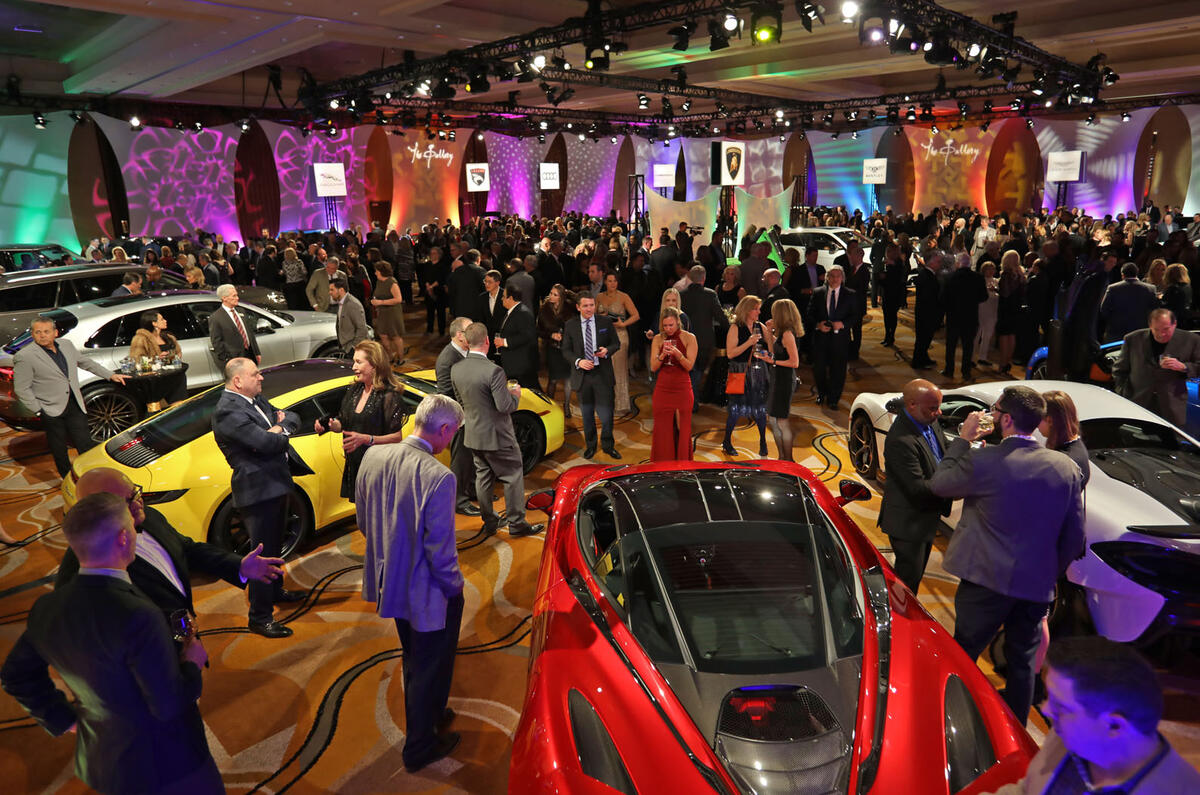

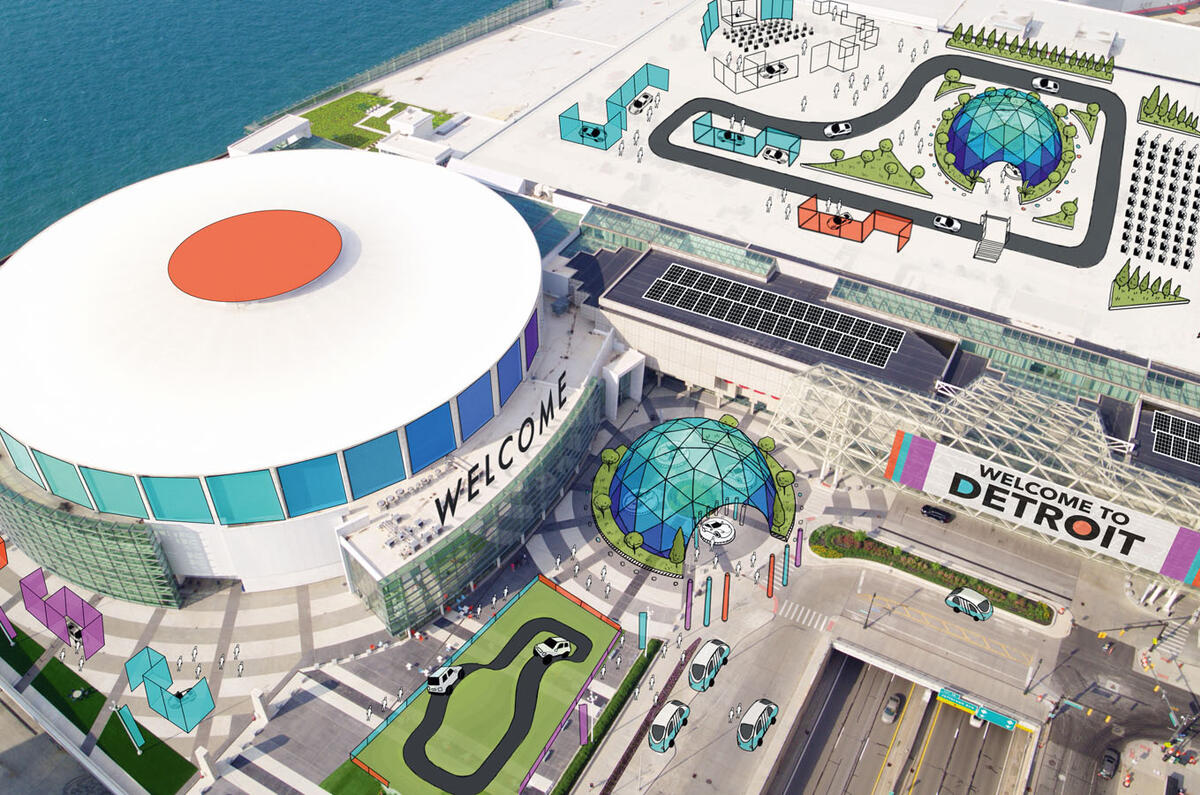

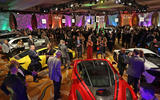

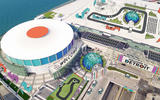


Join the debate
Add your comment
Following a trend.
Scotland lost its carshow many years back. As a child it was terrific to visit, to get a chance to see cars we rarely got to see. Although one year Lamborghini took the huff, packed up and left the night before we visited!
Without a doubt one of the reasons why people spend more money on cars and don't just see them as transport.
But now how do manufacturers reach their audience? The shows were too expensive to put on. TV? Clarkson, May and Hammond trash ever car they are loaned to the point where they can't get cars off the manufacturers any longer and have to fill up their program with junk.
The rise in the YouTube reviewer is the answer. Magazines like Autocar do brilliant videos which will reach further than a car show ever did, and at a fraction of the cost to the manufacturers. Even the less professional reviewers have their place and honestly some of them aren't bad either.